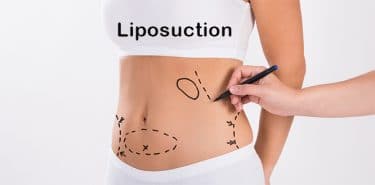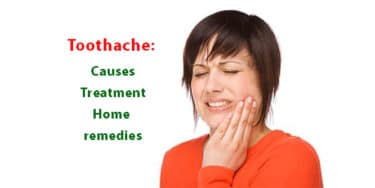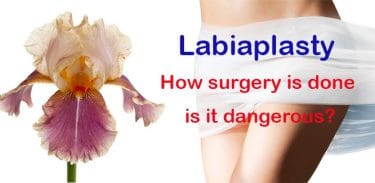Botox is, one of the most reliable and easiest way of eliminating wrinkles and fine lines on face. Unlike most of aesthetic operations, no incision is performed during Botox application. They can continue to their daily routine right after injection. Botox can be used for therapeutically as well, apart from aesthetic applications. It is especially used in treatment of muscle related disorders such as; Hyperhidrosis (excessive sweating) of armpits, migraine headaches, teeth grinding, spasticity, overactive bladder, unwilling eye movements or cervical dystonia.
Table of Contents
What is Botox?
Botox is a medication used for the treatment of certain muscle related disorders as well as cosmetic applications. Botox is made from Botulinum Neurotoxin Type A, which is produced by Clostridium Botulinum Bacteria. Although it is a fairly strong poison when taken orally, it has a variety of benefits when administered to correct muscle in the correct amount. Botulinum toxin is a medication that has been used in medical practice for over 50 years.
It was firstly used in the treatment of lazy eye, blepharospasm (inability to move the eyelids properly) and cervical dystonia. In 2002, it began to be used in the improvement of the appearance of wrinkles between eyebrows caused by frowning. In 2004, it was approved for the treatment of hyperhidrosis of armpits and then migraine in 2010.
Why they use Botox?
The wrinkles and fine lines, formed over face with aging by contraction of facial mimic muscles, can be eliminated with Botox. It works by partially blocking the nerve impulses to any muscles that have been injected and reduces excessive contractions of these muscles. As a result of this, facial mimic muscles are relaxed for a while and formation of wrinkles and fine lines stops.
Botox is also used as therapeutic purposes as well, other than cosmetic applications. It is possible to use in the treatment of muscle related disorders such as; Cervical Dystonia, hyperhidrosis (excessive sweating) of armpits, chronic migraine, bladder dysfunctions, lazy eye & blapherospasm.
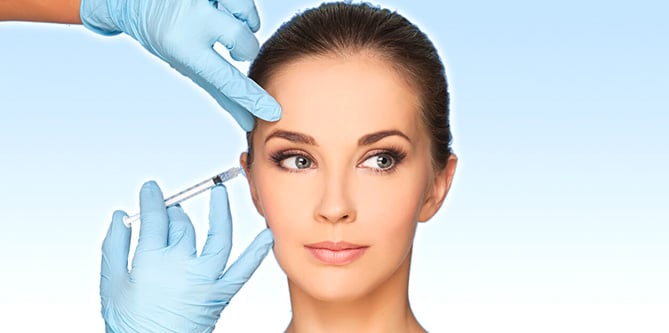
How is Botox applied?
In Botox treatment, botulinum toxin is directly injected into the neuromuscular junction after dilution. Local anesthetic is applied to the injection site approximately 20 minutes before injection. After the injection site is sterilized, the toxin is injected into the relevant muscles in the area with fine-tipped needle in small doses. Application takes approximately 15 minutes. The clinical improvement generally occurs within the first week after injection.
Is Botox dangerous?
Botulinum toxin is one of the most toxic substances over the world when it swallowed. The recommended dosages and frequencies of administration of BOTOX should not be exceeded due to the potential for overdose, exaggerated muscle weakness, distant spread of toxin and the formation of neutralizing antibodies.
Botulinum toxin, which can cause respiratory insufficiency and death due to the improper applications, is also a very good protein. During application to the face, this toxin should be applied in considerably small doses as described in patient leaflet.
All injectable substances are used during application, should be prepared in accordance with FDA standards and injection should be performed by a qualified medical doctor. Injecting inappropriate doses of Botulinum toxin to the patient by an inexperienced doctor may result in fatal consequences and many side effects.
Side effects of Botox
The injections applied to the muscles during Botox application are generally well tolerated and have considerably few side effects. Sometimes, serious adverse effects can rarely be seen in individuals excessively sensitive to the active substance.
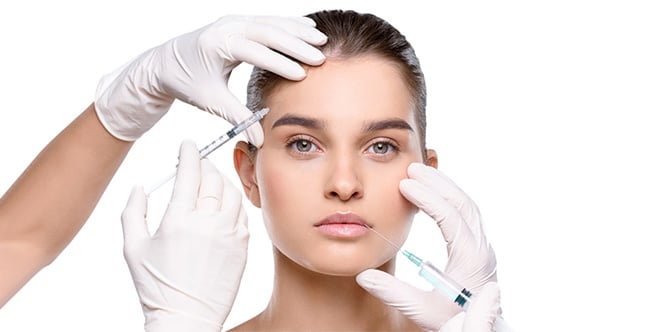
The undesirable adverse effects can be seen depending on the injection site:
- Mild pain around injection site, redness, bruising or edema.
- Headache or numb feeling
- Mild nausea
- Drooping of the eyelid
- Localized muscle weakness
- Flu manifestations like asthenia, fever
- Tiredness
- Feeling sick, dry mouth
- Pruritus, dry skin
- Injection site bleeding (related to the injection procedure)
- Injection site swelling
- Blurred vision
- Visual disturbance
- Difficulty in completely closing the eye
Above listed undesirable adverse effects may vary depending on the injection site / treatment type. For instance a person who had injection around eyes may experience drooping of the eyelids or dry eye condition. The injections applied around the mouth may accompanied by twisted smile. Those adverse effects mostly temporary and automatically disappear without the need of any intervention. Nonetheless, it may take a couple of weeks to disappear asymmetry or drooping of eyelids.
WARNING: If you experience severe adverse effects such as difficulty in breathing, difficulty in speech, difficulty in swallowing, and vision problems, you should immediately see the emergency department of the nearest hospital!
Possible problems after Botox injection
Botox should be only be applied by medically qualified physicians. The undesired effects usually disappear automatically in a short time. However, due to the maximum duration of the effect of Botox is 4 months, patients should visit their physicians regularly for renewal. There is no data about the side effects in long term cosmetic applications of Botox, other than listed above.
Who shouldn’t use Botox?
- People allergic to any of the ingredients in BOTOX® Cosmetic (see Medication Guide for ingredients)
- People suffering from any other muscle problems
- Breastfeeding moms
- Pregnant women
- Women having childbearing potential
- People have a skin infection at the planned injection site •
- People are being treated for urinary incontinence and have a urinary tract infection
Where does Botox apply?
- To all the areas where wrinkles and fine lines on the face are common
- To the vertical lines over neck appearing by aging.
- To the area around mouth
- To the chin and nose tip
The procedure called Nefertiti Lift is a new technique for specific re-contouring of the jawline. This method, named after the Egyptian queen Nefertiti, aims to drape the skin of the jawline contour and provide the visual effect of a ‘mini lift’. Botox applications for the men are called “Brotox”. Brotox mostly used to eliminate the forehead lines.
Botox in facial aesthetics
The forehead lines, neck wrinkles, fine lines over the upper lip, lines between eyebrows leading to an angry look can be prevented for 3-6 months with Botox applications.
Botox around the eyes
The wrinkles known as “Crow’s Feet Lines” and the wrinkles between eyebrows can be eliminated with Botox applications. It is possible to make eyebrows lifted with Botox applications.
Botox in masseter muscle
This Botox application targets the masseter muscle to prevent the appearance of masculine appearance on the face. Masseter hypertrophy brings square shape to the face in women. With Botox injection to the enlarged masseter muscle, square shaped face can be shaped into more oval and slim look. The individuals having round or square shaped face can have more oval or heart shaped face by this way.
What is the duration of efficacy of Botox?
The duration of Botox may vary from injection site, between individuals or depending on the dose used during injection. It mostly changes between 4-6 months.
Can Botox be used for deseases?
Botox is a medication used in the treatment of many diseases:
Botox in Hyperhidrosis of Armpits (excessive sweating)
Botox is used for the treatment of severe sweating of palms, soles and armpits. The nerve stimulation to the sweat glands is blocked and excessive sweating can be prevented for up to 6 months with this treatment.
How does botox help migraine?
Botox is also effective in the treatment of muscle spasms and migraine headaches. Botulinum toxin is injected into 7 key muscle areas of the head and neck. The recommended re-treatment schedule is every 12 weeks.
Botox treatment for teeth grinding (Bruxism)
Unconsciously teeth grinding is a problem that can cause physical pain and many dental problems. This problem is more common in people who clenches their teeth during sleep.
The large muscle named Masseter, responsible for the jaw movement, is weakened by injecting of botulinum toxin. By this way, the complications of dental grinding may be prevented even temporarily.
Other treatment areas:
- Cervical dystonia (bending of the neck after involuntary movement of the neck muscles)
- Muscle Contractures (Neurologic conditions such as Cerebral Palsy)
- Bladder Dysfunction (urinary incontinence due to bladder over activity)
- Strabismus
How to choose a botox clinic or doctor?
Medically Licensed and certified Dermatologists, plastic surgeons and medical aesthetic specialists are qualified to apply Botox for aesthetic applications. The Medical Doctor who will perform aesthetic Botox applications, should have a comprehensive knowledge about the facial anatomy and how the facial muscles work.
Botox Prices 2019
Botox prices are depending on the type of Botox, application site and doctor who is going to perform application. Some of the clinics suggest to come with a friend. By this way, a vial can be applied to 2 people with more advantageous prices. Botox prices change between $200-$500 for each area injected.
Recommendations for those who want to have Botox
In order to have successful in Botox application, we can list some points you need to pay attention to before and after Botox:
Especially tell your doctor about all medicines you take, including prescription and nonprescription medicines, vitamins and herbal products and if you:
- have received any other botulinum toxin product in the last four months
- have received injections of botulinum toxin, such as Myobloc® (rimabotulinumtoxinB), Dysport® (abobotulinumtoxinA), or Xeomin® (incobotulinumtoxinA) in the past. Be sure your doctor knows exactly which product you received.
- have recently received an antibiotic by injection
- take muscle relaxants
- take an allergy or cold medicine
- take a sleep medicine
- take anti-platelets (aspirin-like products) and/or anti-coagulants (blood thinners)
BOTOX and BOTOX Cosmetic may cause loss of strength or general muscle weakness, vision problems, or dizziness within hours to weeks of taking BOTOX or BOTOX Cosmetic. If this happens, do not drive a car, operate machinery, or do other dangerous activities. For more:>>> Botox

